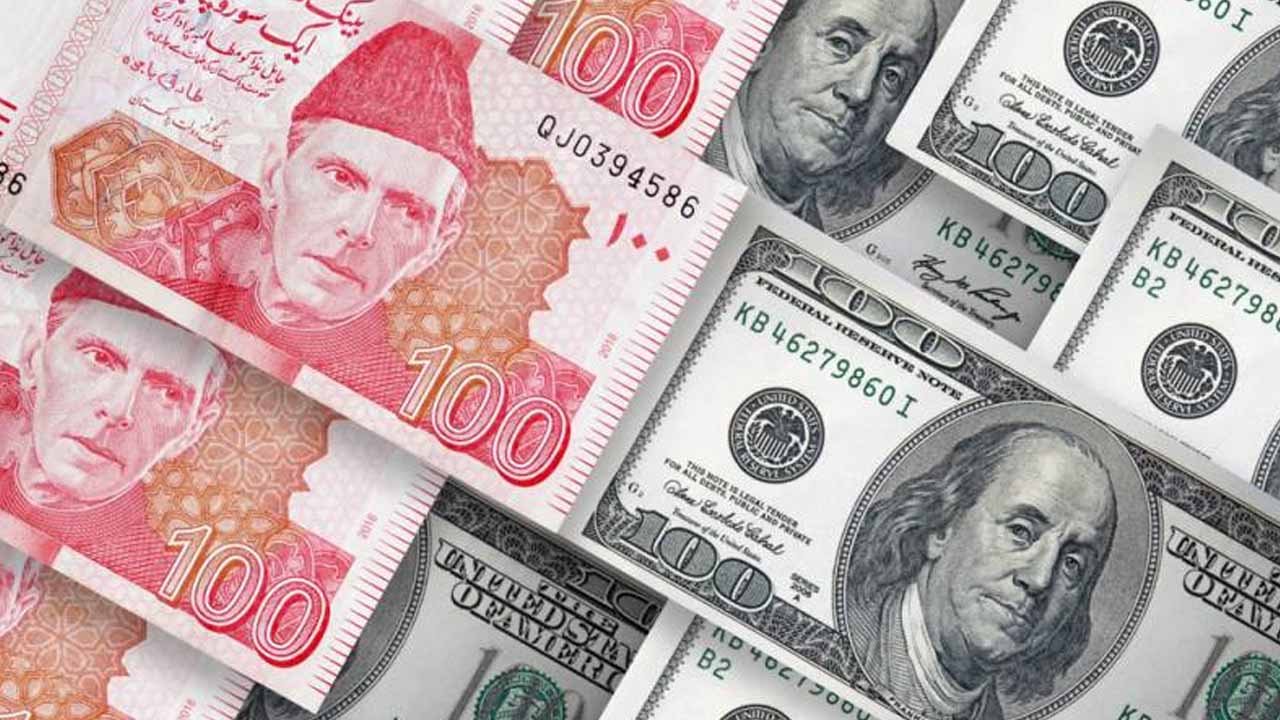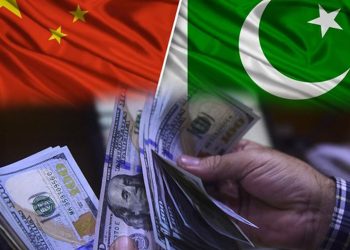The Pakistani rupee registered a significant loss against the US dollar, depreciating nearly 1% during the early hours of trading in the inter-bank market on Tuesday.
At about 10:15 am, the rupee’s interbank market pricing was 287.90, down 2.86 rupees from the US dollar.
The rupee was under pressure against the US dollar the day before, dropping by Rs1.25 or 0.44% to close at 285.04 in the interbank market.
According to experts, the market is waiting for the Extended Fund Facility (EFF) plan of the International Monetary Fund (IMF), which has been delayed since last year.
“The uncertainty pertaining to the IMF programme is causing pressure on the Pakistani rupee,” Sana Tawfik, vice-president of research and a senior analyst at Arif Habib Limited (AHL).
“The country’s foreign exchange reserves have also declined in recent weeks, which is another source of concern for investors,” she said.
Tawfik added that the newest initiative by the State Bank of Pakistan (SBP) to fine exporters who postpone receiving payments would be ineffective.
The central bank requested exporters to deliver any backlog export proceeds to Pakistan by April 30 in order to avoid having up to 9% of the export proceeds designated as liens.
In a significant development, it was discovered that Finance Minister Ishaq Dar will travel to the US from April 10 to April 16 with a powerful delegation to attend the forthcoming annual spring meetings of the IMF and the World Bank.
The delegation will hold a separate meeting with IMF officials during the visit, it was learned.
The present government has already declared that it has complied with all conditions imposed by the foreign financier for the release of the $1.1 billion tranche.
The US dollar tumbled on Tuesday due to renewed inflation concerns following OPEC+’s unexpected production cut, which outweighed renewed signs of a slowing economy from a drop in manufacturing activity in the US last month.
According to a poll released on Monday by the Institute for Supply Management (ISM), manufacturing activity dropped to its lowest point in nearly three years in March as new orders continued to decline. This was the first time since 2009 that all subcomponents of the manufacturing PMI fell below the 50 thresholds.
At 102.02, the US dollar indicator was slightly lower after dropping more than 0.5% on Monday.
Oil prices, a key indicator of currency parity, steadied in early Asian trade on Tuesday after OPEC+ plans to cut more production jolted markets the previous day, with investors’ attention shifting to demand trends and the impact of higher prices on the global economy.






